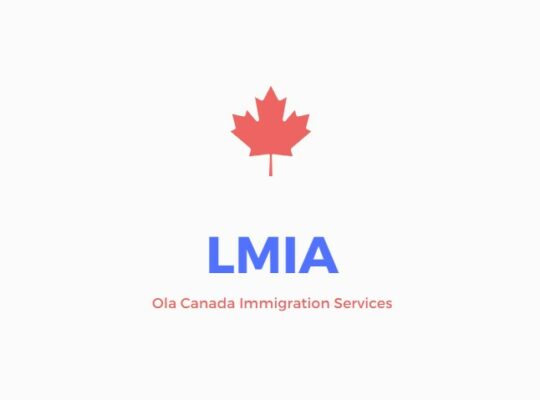Previously, in various immigration pathways (recommended to read the previous article, OLA Canadian Immigration Introduction Series 2. Overview of Canadian Immigration Programs), the Express Entry system has stood out for its flexibility and efficiency, streamlining the selection process for economic class immigrants. It is often the first consideration for individuals exploring the path to Canadian immigration in my daily client consultations. Today, let’s provide a brief introduction to EE.
What is Express Entry?
Express Entry is a points-based immigration system introduced by the Canadian government to manage the selection process for three major economic class immigration programs:
- Federal Skilled Worker Program (FSW): Targeting high-skilled individuals, assessed based on factors such as age, education, work experience, language proficiency, and adaptability.
- Federal Skilled Trades Program (FST): Designed for skilled tradespersons, requiring relevant work experience in specific trade occupations.
- Canadian Experience Class (CEC): Geared towards international students and workers who have accumulated work experience in Canada.
It’s important to note that EE is the management system for these three immigration programs and not an independent immigration stream.
How Does Express Entry Work?
The Express Entry system operates through a points-based Comprehensive Ranking System (CRS). Applicants earn points based on various factors, including:
- Core human capital factors: Age, education, language proficiency, and work experience.
- Skill transferability factors: Additional points for a combination of skills to enhance employability.
- Additional factors: Such as job offers, provincial nominations, Canadian education, or having siblings in Canada.
Candidates with the highest CRS scores receive Invitations to Apply (ITA) during regular draws conducted by Immigration, Refugees and Citizenship Canada (IRCC). The ITA allows individuals to submit applications for permanent residency.
As of summer 2023, EE invitations are categorized into no program-specified (General) invitations, invitations for Provincial Nominees (PNP), and invitations specific to FSW, FST, and CEC individual programs. New preference categories have been introduced for specific occupations and skill sets, including French speakers, healthcare professionals, STEM (Science, Technology, Engineering, and Mathematics) workers, specific skilled trades, professionals in the transportation industry, and specific agricultural positions. For these preferred categories, the required CRS scores are generally lower than the broad General invitations.
Application Steps for Express Entry:
- Create an Express Entry profile: Intending economic class immigrants need to create an online profile, providing detailed information on age, education, language proficiency, and work experience. While the profile creation process may seem straightforward, it involves a series of immigration-related questions. Incorrect choices may lead to missing potential provincial nomination opportunities. It is advisable to seek assistance from a licensed Canadian consultant to help with profile creation. The service fee is usually reasonable, and the benefits of avoiding errors are substantial.
- CRS ranking: Profiles are ranked based on CRS scores. The highest-ranking candidates in each draw category are invited to apply for permanent residency.
- Invitation to Apply (ITA): Successful candidates receive an ITA, allowing them 60 days to submit a permanent residency application.
- Permanent Residency Application: Applicants with an ITA must submit detailed documents, undergo medical examinations, and meet other requirements to complete the permanent residency application process.
- Processing and Approval: IRCC reviews the completeness and eligibility of applications. Successful applicants receive permanent resident status.
Features of Express Entry:
- Efficiency: Known for its rapid and efficient processing, Express Entry reduces waiting times for applicants. It’s essential to note that due to the system’s speed, immigration officers may not provide patient guidance on incomplete or non-compliant applications. They may directly return application materials. However, occasional requests for additional documents or explanations are normal, given that the submitted materials are complete.
- Talent Selection: The points-based system ensures the selection of applicants with the highest potential to contribute to Canada’s economy and society. Therefore, if you are young, proficient in English, highly educated, or meet the current preferred category requirements in Canada, it is advisable to consider Express Entry first.
- Flexibility: Express Entry is flexible, allowing updates to the CRS ranking system based on immigration priorities. Provinces and territories can also nominate candidates from the Express Entry pool, providing additional opportunities.
If you have further questions about Express Entry, feel free to consult with our licensed Canadian immigration consultant.






